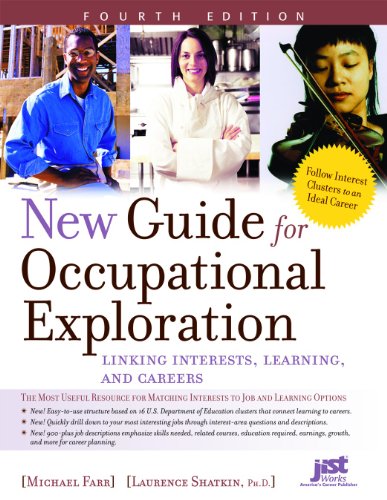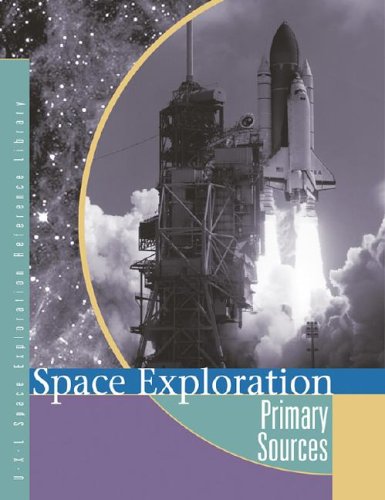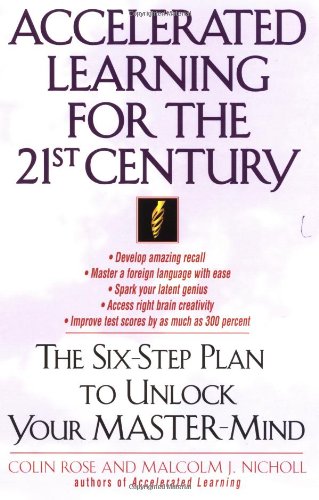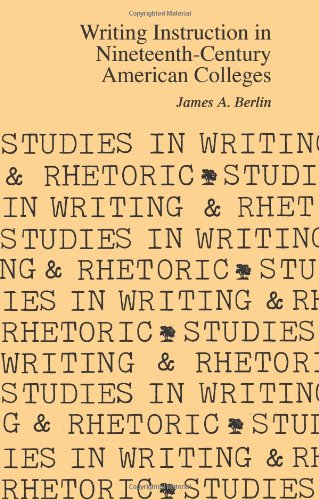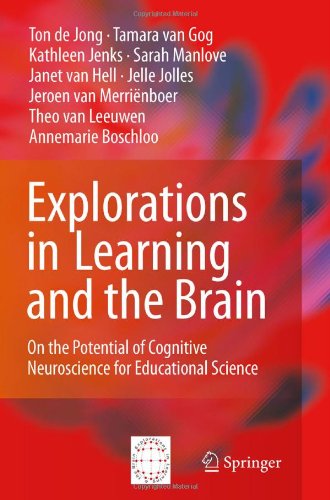Presence: An Exploration of Profound Change in People, Organizations, and Society Review


Presence: An Exploration of Profound Change in People, Organizations, and Society Feature
- People
- Society
- Organizations
- Peter Senge C. Otto Scharmer
- Joseph Jaworski Betty Sue Flowers
Presence can be read as a both a guide and a challenge to leaders in business, education, and government to transform their institutions into powerful agents of change in a world increasingly out of balance. Since business is the most powerful institution in the world today, the authors argue, it must play a key role in solving global societal problems. Yet so many institutions seem to run people rather than the other way around. In this illuminating book, the authors seek to understand why people don't change systems and institutions even when they pose a threat to society, and examine why institutional change is so difficult to attain.
The authors view large institutions such as global corporations as a new species that are affecting nearly all other life forms on the planet. Rather than look at these systems as merely the extension of a few hyper-powerful individuals, they see them as a dynamic organisms with the potential to learn, grow, and evolve--but only if people exert control over them and actively eliminate their destructive aspects. "But until that potential is activated," they write, "industrial age institutions will continue to expand blindly, unaware of their part in a larger whole or of the consequences of their growth." For global institutions to be recreated in positive ways, there must be individual and collective levels of awareness, followed by direct action. Raising this awareness is what Presence seeks to achieve. Drawing on the insights gleaned from interviews with over 150 leading scientists, social leaders, and entrepreneurs, the authors emphasize what they call the "courage to see freshly"--the ability to view familiar problems from a new perspective in order to better understand how parts and wholes are interrelated.
This is not a typical business book. Mainly theoretical, it does not offer specific tips that organizational managers or directors can apply immediately; rather, it offers powerful tools and ideas for changing the mindset of leaders and unlocking the latent potential to "develop awareness commensurate with our impact, wisdom in balance with our power." --Shawn Carkonen
Presence is an intimate look at the development of a new theory about change and learning. In wide-ranging conversations held over a year and a half, organizational learning pioneers Peter Senge, C. Otto Scharmer, Joseph Jaworski, and Betty Sue Flowers explored the nature of transformational change—how it arises, and the fresh possibilities it offers a world dangerously out of balance. The book introduces the idea of “presence”—a concept borrowed from the natural world that the whole is entirely present in any of its parts—to the worlds of business, education, government, and leadership. Too often, the authors found, we remain stuck in old patterns of seeing and acting. By encouraging deeper levels of learning, we create an awareness of the larger whole, leading to actions that can help to shape its evolution and our future.
Drawing on the wisdom and experience of 150 scientists, social leaders, and entrepreneurs, including Brian Arthur, Rupert Sheldrake, Buckminster Fuller, Lao Tzu, and Carl Jung, Presence is both revolutionary in its exploration and hopeful in its message. This astonishing and completely original work goes on to define the capabilities that underlie our ability to see, sense, and realize new possibilities—in ourselves, in our institutions and organizations, and in society itself.

